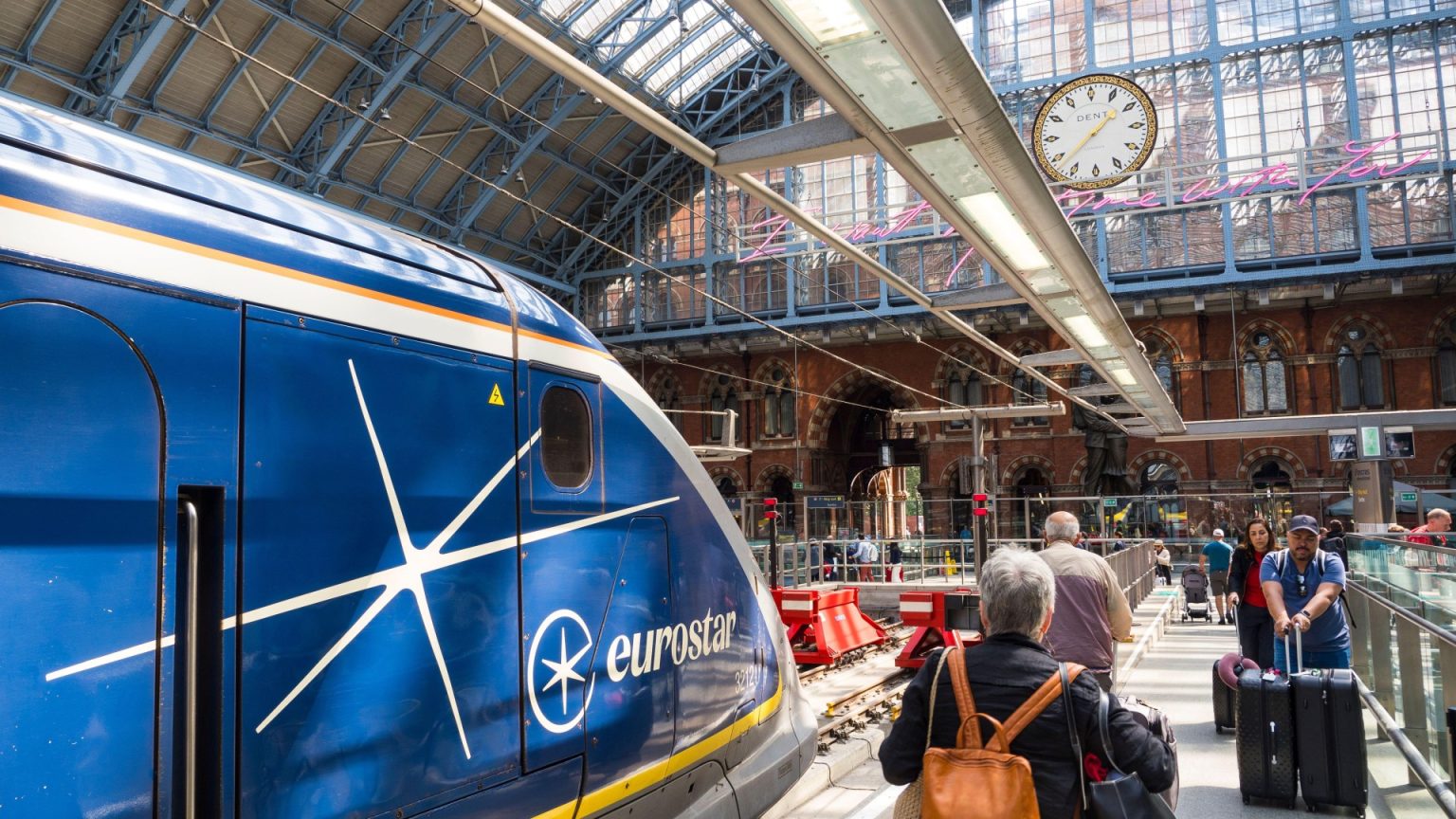Eurostar, once a sprawling network connecting the UK to numerous European destinations, has seen a significant reduction in its direct routes over the years. While currently limited to just Paris and Lille in France, Eurostar’s history reveals a much more extensive reach, offering convenient access to a variety of cities and even ski resorts. This contraction is partly attributed to the rise of budget airlines and changes in the UK rail landscape, but the recent announcement by Virgin Trains regarding a new fleet and potential routes to Europe signals a potential revival of rail travel to the continent. Understanding Eurostar’s past routes provides context for the current state of international rail travel and the potential for future expansion.
One of the most notable discontinued routes was the direct service to Marseille, a six-hour journey connecting London to the Mediterranean coast. Operating until 2020, this route represented a convenient option for travelers seeking the sun and culture of Southern France. Its cancellation during the pandemic marked the end of a direct link that had provided a valuable alternative to air travel. Similarly, the direct connection to Lyon, another major French city, was also halted. This route, once offering a four-and-a-half-hour journey, had experienced fluctuating demand leading to its eventual cancellation in 2018. Both Marseille and Lyon now require a connecting train from either Paris or Lille, adding complexity and travel time for passengers.
Further south, the picturesque city of Avignon was another casualty of Eurostar’s route reductions. Formerly accessible in under six hours from London, the direct service was also discontinued in 2020. Travelers now face a significantly longer journey, often exceeding nine hours, with necessary train changes in either Lille or Paris. Beyond major city destinations, Eurostar also operated seasonal “snow trains” catering to winter sports enthusiasts. These services provided direct access to popular ski resort towns in the French Alps, including Bourg-Saint-Maurice, Aime-la-Plagne, and Moûtiers. The eight-hour direct journey was a boon for skiers, eliminating the hassle of connecting trains and transfers. Now, skiers must connect in Lille, adding another leg to their journey.
The relocation of Eurostar’s London terminus from Waterloo International Station to St. Pancras in 2007 also marked a significant shift. While the move aimed to streamline operations and increase capacity, it also signaled the end of an era for Waterloo as a hub for international rail travel. The transition to St. Pancras allowed for improved integration with national rail lines and facilitated connections to other parts of the UK, but it also contributed to the consolidation of Eurostar’s services, focusing primarily on routes to Paris and Brussels. The history of Eurostar also includes several routes that were planned but never materialized. Regional services envisioned to connect Paris and Brussels with destinations north and west of London, such as Cardiff, were never implemented due to competition from budget airlines and the privatization of British Rail.
The ambition of extending Eurostar’s reach beyond London highlights the potential for a more comprehensive international rail network connecting the UK with mainland Europe. However, economic and logistical challenges ultimately prevented these plans from coming to fruition. The rise of low-cost air travel presented a formidable competitor, offering shorter journey times and often lower fares. Simultaneously, the privatization of British Rail introduced complexities in coordinating cross-border rail services, further hindering the development of regional Eurostar routes. Another ambitious project, the ‘International Nightstar’ sleeper train, intended to serve the same regional destinations and extend to Cardiff, was also abandoned before any services commenced.
Virgin Trains’ recent announcement of plans to challenge Eurostar with its own fleet of trains to Europe injects new life into the prospect of expanded international rail travel. The company is considering train models from various manufacturers, including Hitachi, Siemens, Talgo, and Alstom. With an estimated investment of up to £1 billion, the project aims to launch new routes to Europe by 2029, potentially reigniting competition and providing travelers with more choices. This move by Virgin comes amidst a backdrop of increasing interest in sustainable travel and a growing demand for alternatives to air travel. As Eurostar plans to relaunch its Amsterdam to London direct service next year and other operators like Evolyn express interest in London to Paris routes, the future of international rail travel from the UK appears poised for renewed growth and innovation.




